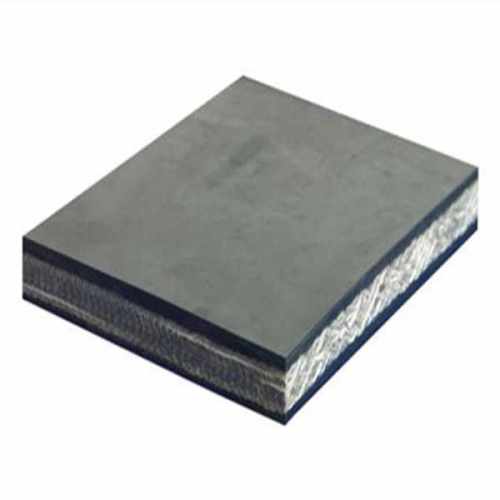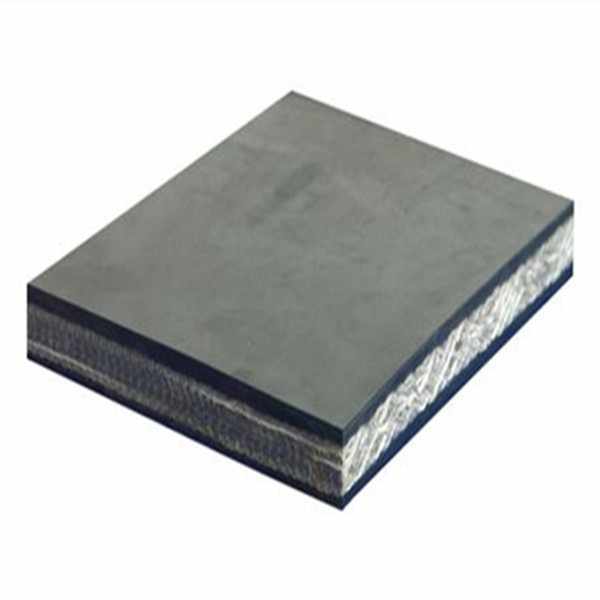




Model No.: TT-U003
Processing Service: Moulding, Cutting
PVG Solid Woven Conveyor Belt – High-Performance Flame-Retardant Solution for Industrial Material Handling
Engineered for demanding industrial environments, the PVG solid woven conveyor belt combines superior mechanical strength with advanced safety features. This robust and reliable solution is ideal for continuous material transport in mining, metallurgy, and chemical processing sectors where flame resistance, anti-static properties, and wear durability are critical. Designed to meet international standards such as MT914-2019, this conveyor belt ensures compliance with stringent fire safety regulations while maintaining optimal operational efficiency across diverse conditions.
Key Features That Set It Apart:
The belt’s side rubber sealing layer acts as a protective barrier against dust, water ingress, and contamination, preserving internal structure integrity over time. Unlike traditional belts that degrade quickly under harsh conditions, this PVG Conveyor Belt maintains consistent performance through extended usage cycles. Its dual-layer construction—featuring a textured working surface and smooth non-working side—ensures efficient contact with pulleys and rollers, minimizing energy loss and maintenance requirements.
Available in two primary configurations: PVC-type belts for dry environments with slopes under 16°, and PVG-type belts for moist or wet applications on inclines up to 20°. The latter offers thicker single-sided rubber layers ranging from 1.5mm to 4.5mm, making it particularly suitable for transporting materials like wet coal, ore, or chemicals where surface adhesion and corrosion resistance are paramount.
Industries That Trust This Solution:
In coal mines, this flame-resistant conveyor belt reduces the risk of fire-related incidents while efficiently moving raw coal and auxiliary materials. In metallurgical plants, it supports the movement of sintered ores, coke, and scrap metal under high-temperature and abrasive conditions. For chemical manufacturers, its resistance to acids, alkalis, and solvents makes it an ideal choice for safely conveying raw materials and finished products without degradation or leakage.
User Feedback Highlights:
Operators report improved uptime due to reduced belt failure rates and fewer replacements. Maintenance teams appreciate the ease of inspection and cleaning thanks to the flat underside and sealed edges. Safety officers commend the belt’s ability to comply with global mining safety codes while delivering consistent performance in challenging terrains.
Frequently Asked Questions:
What makes the PVG conveyor belt different from standard rubber belts? It integrates flame retardancy, anti-static functionality, and enhanced wear resistance—all essential for hazardous industrial settings. Unlike conventional options, it meets modern safety standards and performs reliably in humid or chemically aggressive environments.
Can it handle steep inclines? Yes, with a maximum recommended slope of 40 degrees for materials like fine powders or bags. For less inclined systems, the herringbone pattern ensures reliable grip and prevents material rollback.
Is it compatible with existing conveyor systems? Absolutely. Its modular design allows seamless integration into most industrial conveyor setups, whether new installations or retrofits, provided proper tensioning and alignment protocols are followed.
This PVG solid woven conveyor belt represents a forward-thinking investment in industrial logistics—where safety, durability, and performance converge to optimize productivity and reduce downtime across global operations.